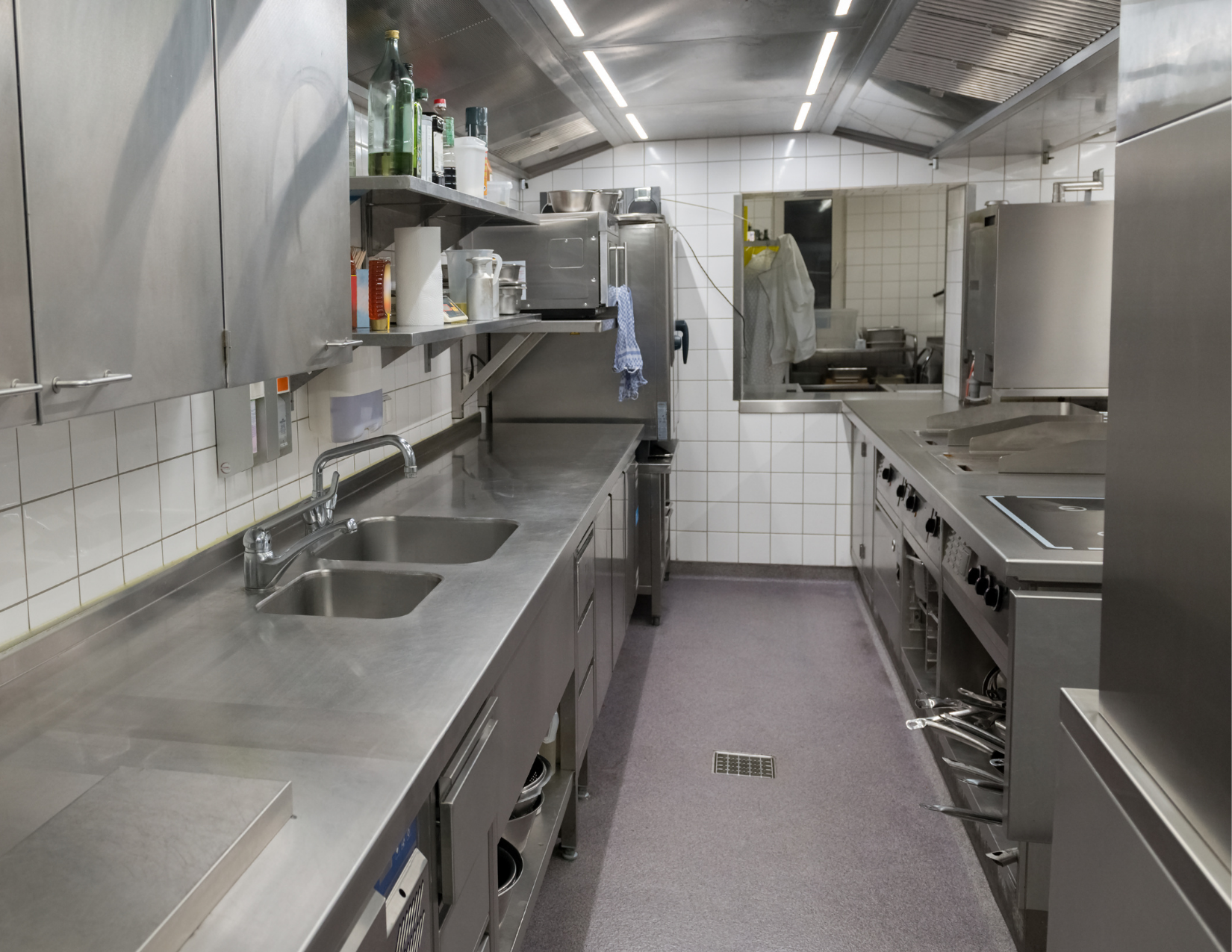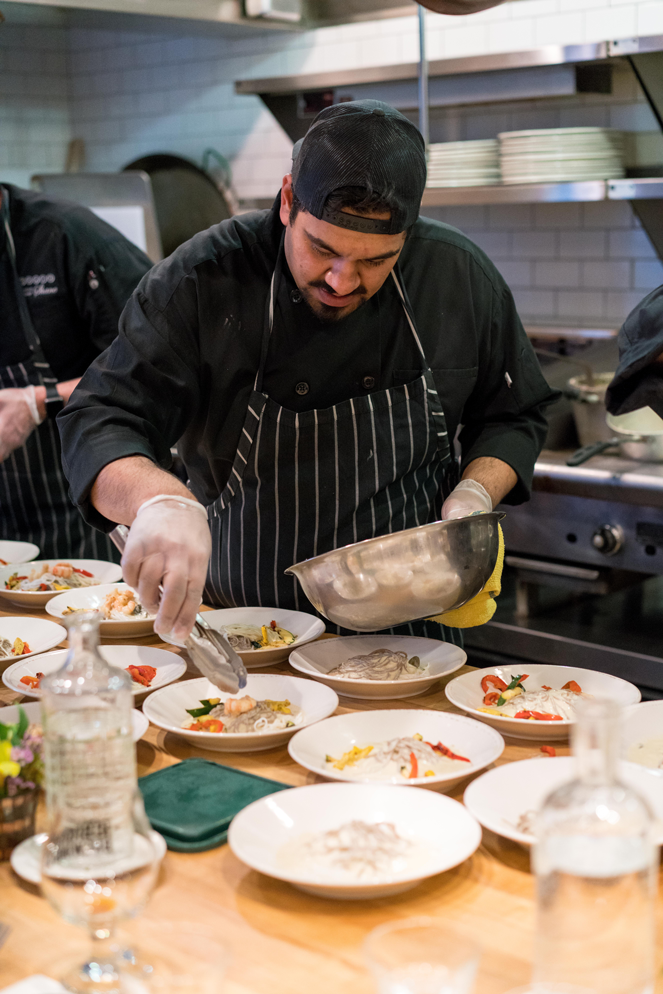3 Ways to Reduce Maintenance Costs at Your Restaurant
Managing and making the most of tight budgets has never been more important for restaurant operators. And with labor controls still limited in the wake of COVID-19, controlling restaurant food costs has become even more important to maximize profitability.
But what else can be done to reduce operating costs? Consider how your restaurants handle maintenance! Equipment repairs and maintenance are another large restaurant expense, ringing in at an estimated 3% of top-line revenue.
Here are three ways you can reduce maintenance costs across your restaurants while saving your team time.

Embrace Asset Management to Calculate Total Cost of Ownership
The first step in taking control of your repairs and maintenance process to reduce costs is to get a complete and comprehensive view of your equipment footprint in each of your restaurants. Building a digital inventory of your assets is the first step in calculating total cost of ownership and asset lifecycle tracking.
Consolidating service history, associated invoices, make and model numbers, and every activity by asset should be the cornerstone of your repairs and maintenance strategy.
In order to do this on your own, someone on your team would be shouldered with the responsibility of inputting the initial data, regularly updating the data whenever a service incident occurs, and gleaning actionable insights from the aggregate of the data.
Because asset management is such a time-consuming process, and the traditional computerized maintenance management system (CMMS) and facilities management software tools don’t solve the problem, many operators haven’t had the ability to properly track and manage their assets.
Luckily, emerging restaurant tech companies like 86 Repairs are blending the benefits of software and service to give restaurant operators the tools and information they need to reduce maintenance costs.

Troubleshoot and Check Warranty Statuses to Avoid Unnecessary Service
Having strong relationships with service providers and vendors has never been more important. Due to labor shortages in the trades industry, having a reliable service provider to lean on in the event of critical equipment failures can make or break your kitchen on any given night.
But you can reduce maintenance costs by having a different strategy for ad-hoc repairs that are important, but not critical, to keep your kitchen up and running.
According to 86 Repairs’ State of Repairs report, the average cost of getting a technician on site is $135—and that’s before any work is performed or repair is identified and managed. What if you could save that $135 through checking warranty statuses and troubleshooting?
In the heat of an incident, frontline staff often skip the step of checking warranties before contacting service providers. Make sure your team is consistently trained on verifying warranty status before calling in a technician. And we realize your frontline staff aren’t trained in equipment repairs and maintenance, but what if you could avoid costly trip charges by walking through simple troubleshooting steps before dispatching a service provider?
Partnering with a company like 86 Repairs to outsource your facilities management to their team of repairs and maintenance experts gives your team access to R&M experts who can walk your team through the basic tasks that save your business money.

Invest in Preventative Maintenance to Extend The Lifespan of Your Equipment
Preventative Maintenance, sometimes called Planned Maintenance or PM, is a proactive maintenance strategy you can take to reduce costs, prevent breakdowns, and extend the lifespan of your restaurant equipment.
PM typically includes parts replacements, scheduled repairs, equipment adjustments, and routine cleanings. When you invest in preventative maintenance programs, you can reduce the number of unpredictable and costly ad-hoc repairs.
Another benefit of preventative maintenance? Assurance that you aren’t paying for a repair twice, or for a service incident that was never completed properly. When you choose a partner for your PM programs, ask them to walk you through their process for providing documentation and verified proof of completed work orders. A comprehensive documentation process will help you avoid overpaying for a repair.
One Company, One Solution for All Things Restaurant Repairs and Maintenance
Asset management, troubleshooting, warranty status checks, and preventative maintenance are all essential pieces of the repairs and maintenance process. With 86 Repairs, you can access all the benefits of these cost reducing strategies—without doing any of the legwork.
86 Repairs manages the end-to-end repairs and maintenance process on behalf of their customers. Multi-unit restaurant groups outsource their facilities to 86 Repairs to take control of operations without buying expensive software or hiring additional staff.
Not ready to get started? Download the first annual State of Repairs report for access to never-before-seen data on repairs and maintenance trends in the restaurant industry.
This post was written by and published on behalf of Ariel Upton, Head of Marketing at 86 Repairs.


